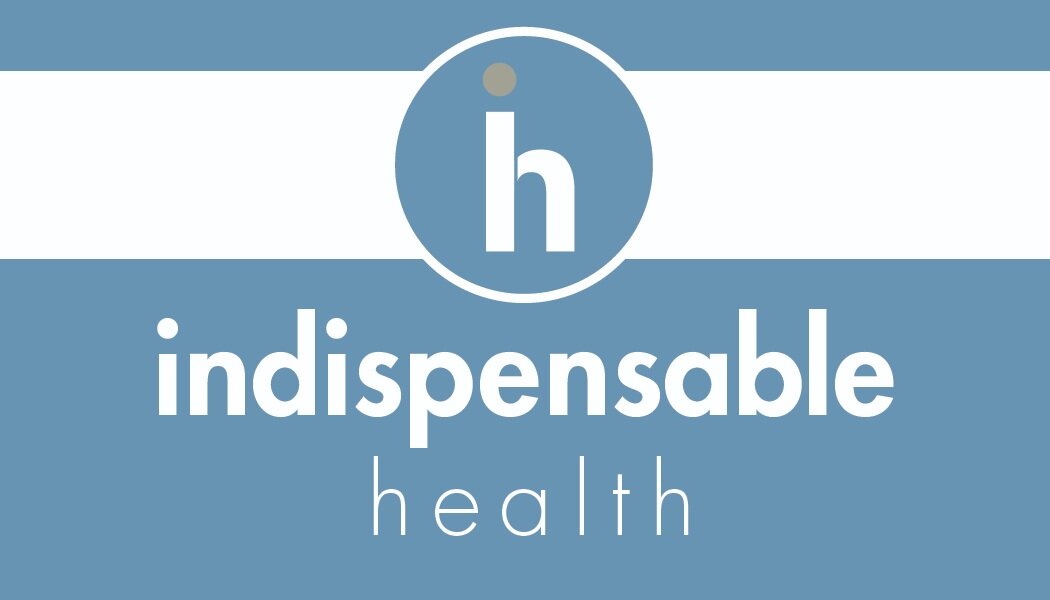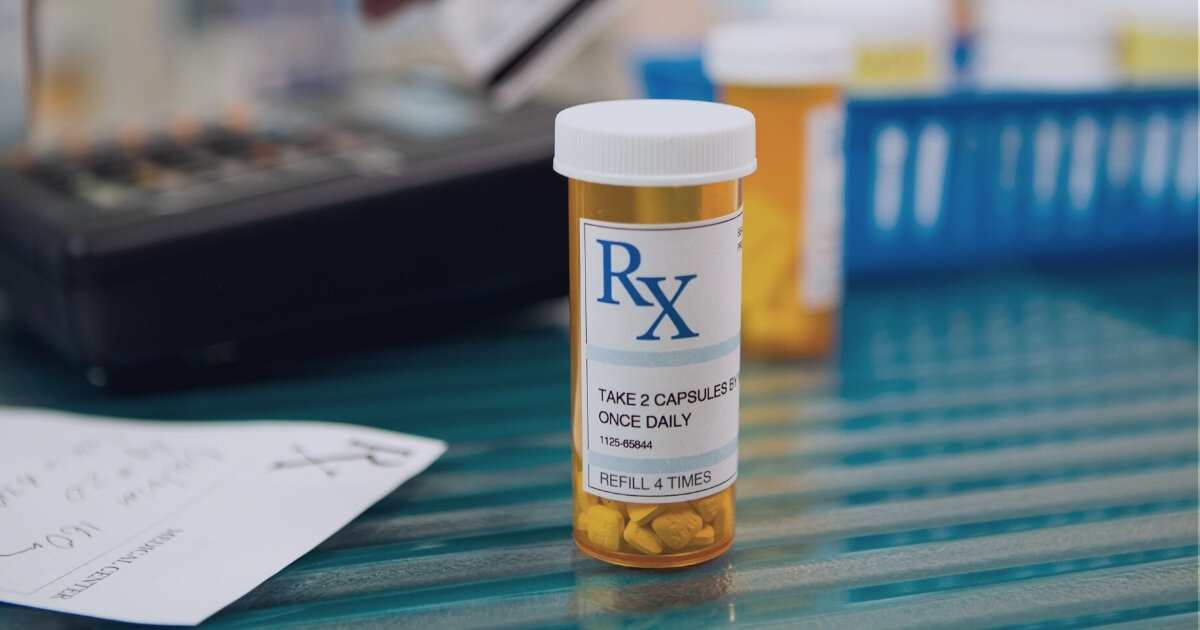Brands, Generics, and Biosimilars
What’s The Difference Between Brand, Generic, and Biosimilar Prescription Medications?
Have you ever been confused by a change in your prescription? Perhaps you have noticed the pills’ appearance changed when you refilled a medication you regularly take and asked yourself, “How can we be sure these new pills will work in exactly the same way as the previous ones?” Yes, the pharmacist has made certain you are receiving the correct medication, but how can one pill be functionally identical to a pill that has a different color and shape? How can we be confident a generic medication is as safe and effective as its brand-name counterpart? These questions are reasonable. It is a good thing if you have wondered about them because it means you are actively thinking about how your medications are affecting you. Luckily, a very thorough process has been developed and regulated by the Food and Drug Administration (FDA) to ensure that one manufacturer’s formulation of a drug is functionally equivalent to another’s.
You may remember from our previous blog covering the development of the COVID-19 vaccine(s) that the process for receiving FDA approval requires three phases of clinical trials. In short, Phase I establishes the drug’s safety in a small population of healthy volunteers. Phase II expands the group to include a larger number of healthy volunteers and includes assessments of a drug’s effectiveness in addition to its safety. Finally, Phase III clinical trials assess the safety and efficacy of a drug when used in its target population, typically with many more subjects than the previous two phases. This process, called a New Drug Application, is long and costly, often entailing several years of research and potentially millions of dollars. To mitigate these costs, pharmaceutical manufacturers typically patent their drugs upon discovery, allowing them to become the sole source of their new and exciting medication - these are the brand name prescription medications. The lack of competition grants the manufacturer the power to charge high prices for their drug to turn a profit on their investment. Eventually, however, patents expire.
Generic Prescriptions
While manufacturers tend to be great at finding new ways to extend their patents, often via changing various small aspects of the formulation, the patents do inevitably expire at some point. At that point, other manufacturers are free to put their own formulation of that medication on the market, so long as they are granted approval by the FDA. However, these manufacturers do not have to endure the same approval process. Instead, they are able to submit an Abbreviated New Drug Application (ANDA) (1). While the ANDA process is more streamlined and less costly, it serves an important role in determining that a manufacturer’s generic version of a medication will provide the same clinical benefit as the current brand-name formulation. For a new formulation to be approved as a generic that can be substituted for the brand-name product, the manufacturer must prove the following (1):
1. The active ingredient is the same as the brand-name drug.
2. The generic product has the same strength, indications for use, formulation (tablet, injectable, etc), and route of administration.
3. The inactive ingredients of the generic are acceptable.
4. The generic is manufactured under the same strict standards as the brand-name product.
5. The container in which it will be sold is appropriate and includes the same label information as the brand-name product.
Demonstrating each of these objectives prior to approval allows the FDA to determine that a generic product is functionally the same as a brand-name drug. Consequently, health care providers and patients can trust that a generic product will be equally safe and effective to the brand-name, even though the cost is likely much lower, and the pill may look completely different. However, as drugs themselves have become more complex, so has the relationship between brand-name products and their cheaper alternatives.
Biosimilar Prescription Medications
With the advent of biologics, a newer class of drugs that has dramatically increased in popularity in recent years, a wrench has been thrown in the works. Biologics differ greatly from typical, small-molecule drugs. They are derived from living cells while small-molecule drugs are synthesized according to what is essentially a ‘recipe’. Additionally, biologics are large, highly complex molecules, often imitating a protein or some other naturally occurring molecule in the body. Small-molecule drugs have simpler structures that are easier to characterize. Both caveats make the manufacturing processes of biologic drugs much more complicated and less reproducible than those of small-molecule drugs (2). While manufacturers can easily replicate the exact structure of a molecule such as aspirin, it is essentially impossible for one manufacturer to make a biologic product that is identical to another’s. This is because there is an innate, natural level of variability among products produced by living cells, often causing slight differences in structure, even among different batches of the same product (3). Additionally, manufacturers do not share copies of their biologic-producing cells with each other, further adding to the variability between products.
Because of these nuances, the FDA has decided that products intended to be clinically equivalent substitutes for biologics cannot be classified as generic drugs. Instead, they have been dubbed “biosimilars”. Biosimilars are like generic drugs in that they must be proven to have no clinically meaningful differences from the reference product. They must show equivalent safety and efficacy data compared to the brand-name to gain approval by the FDA. However, a biosimilar does not have to be structurally equivalent and the inactive ingredients can differ slightly from the original (3). Another important piece of information is that biosimilars carry a small risk for allergic reactions compared to regular generic products (4). It is possible for a patient to experience an allergic reaction upon trying a biosimilar despite having no issues while using the reference product. This is a result of the previously discussed structural differences between the products and is called immunogenicity in the pharmaceutical world.
The risk of immunogenicity and the other nuances separating biosimilars from typical generic products have caused health care providers and insurance companies to be more reluctant to transition patients off of the brand-name reference products. However, while extra caution is warranted, biosimilars are not innately dangerous and can still serve as safe, effective, and cheap alternatives; it is just a matter of employing risk reduction strategies to safely transition these patients to biosimilar products. For example, providers can administer and supervise the first use of a biosimilar in the office, standing by in case a reaction does occur. This is a strategy that is often used in the real world, especially with infusion medications. As we continue to learn more about biologics and biosimilars, we will find more ways to reduce risk and better utilize these drugs and, hopefully, we will become as comfortable with them as we are with generics.
Conclusion
In summary, the world of pharmaceuticals is a highly regulated and nuanced place. Developing a new drug and achieving FDA approval via a New Drug Application is a costly and heavily scrutinized, a necessity to ensure new drugs are both effective and safe. To make up for the costs and to ensure a large enough return on investment, pharmaceutical manufacturers patent their products, securing market exclusivity for a number of years. Once a drug’s patent expires, other companies will replicate it and pursue FDA approval as a generic substitution via an Abbreviated New Drug Application, which is much less costly but equally thorough regarding the safety and effectiveness of the generic. Biosimilars are similar to generics, but since they are intended as substitutions for biologic drugs, there are nuances and safety concerns separating them from standard generic drugs. Biosimilars are relatively new, and we are still learning how to best utilize them, but they are not innately dangerous and the cost savings of using them can be significant.
Lastly, please talk to your pharmacist or other health care provider if you have questions or concerns about generic or biosimilar medications. There are many safety measures in place, but it is always a good idea to double-check something if you are concerned.
Author: Stephen Vallely | PharmD Candidate 2021 | University of Michigan
Resources
Research C for DE and. Generic Drug Facts. FDA. Published online April 26, 2019. Accessed September 21, 2020. https://www.fda.gov/drugs/generic-drugs/generic-drug-facts
What Are Biologics? Biosimilars Resource Center. Accessed September 22, 2020. https://www.biosimilarsresourcecenter.org/faq/what-are-biologics/
What Are Biosimilars? Biosimilars Resource Center. Accessed September 22, 2020. https://www.biosimilarsresourcecenter.org/faq/what-are-biosimilars/
Azevedo V, Dörner T, Strohal R, et al. Biosimilars: considerations for clinical practice. Considerations in Medicine. 2017;1(1):13-18. doi:10.1136/conmed-2017-100005


